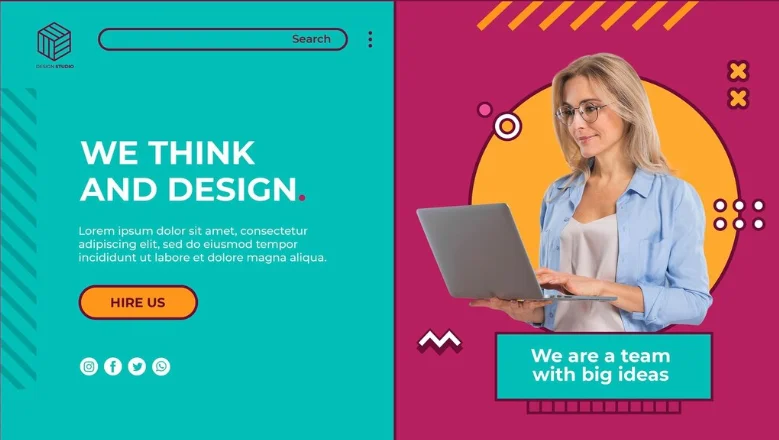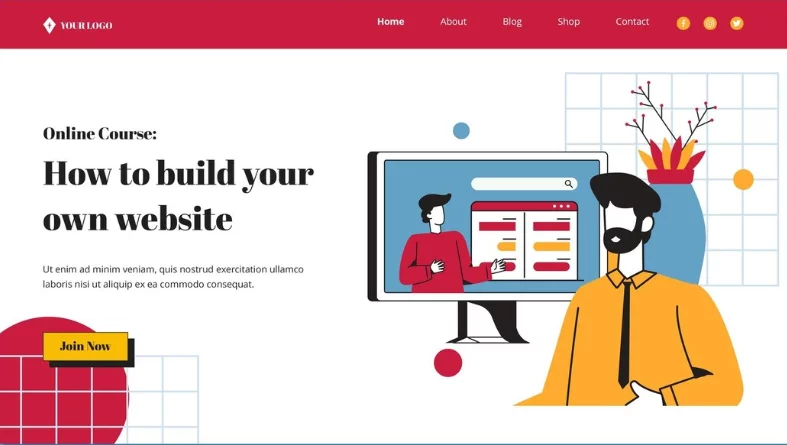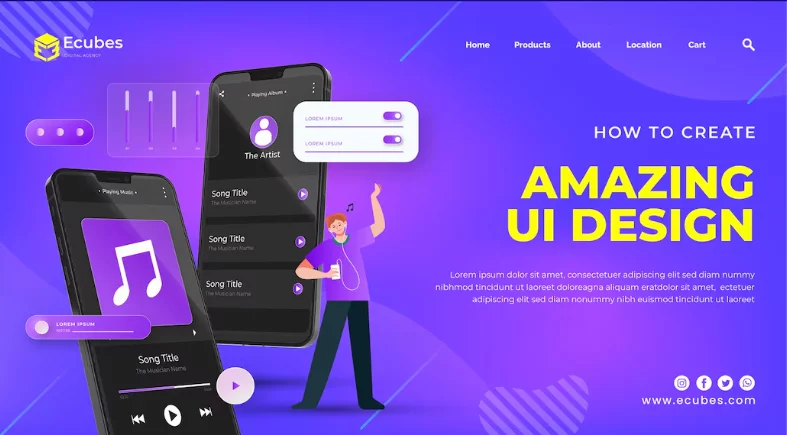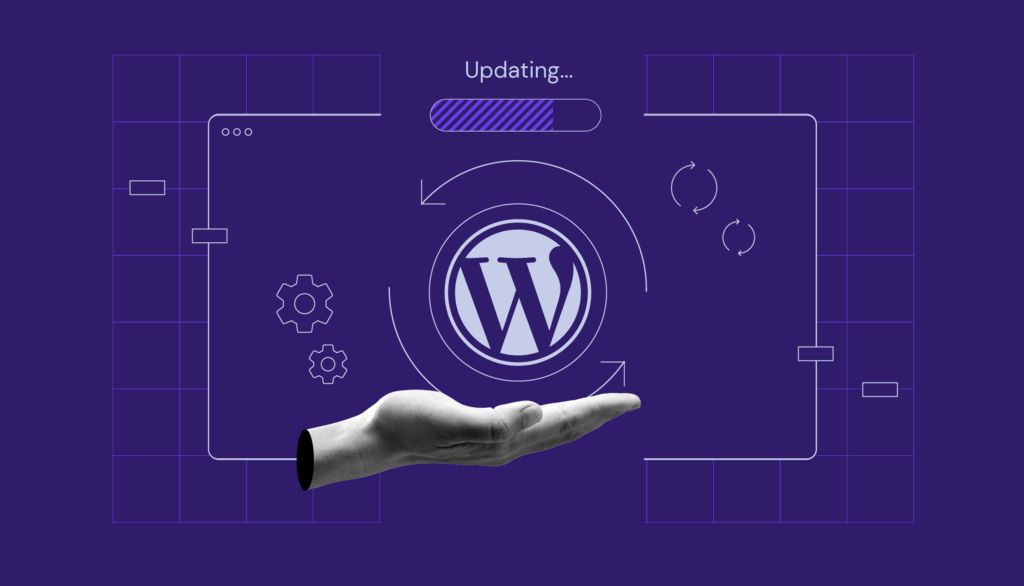In the digital age, web development stands as the backbone of our online world. Behind every seamless website, interactive web application, and dynamic online experience lies the expertise and creativity of web developers. In this blog, we embark on a journey into the realm of web development, exploring its intricacies, technologies, and evolving landscape.
Understanding the Foundations
Web development encompasses the processes involved in building, deploying, and maintaining websites and web applications. It comprises two main disciplines:
- Frontend Development: Frontend developers focus on the client-side of web development, designing and implementing the user interface and user experience. They utilize HTML, CSS, and JavaScript to create visually engaging and interactive web pages that users interact with directly in their browsers.
- Backend Development: Backend developers work on the server-side of web development, handling the logic, databases, and server operations that power websites and web applications. They use languages such as Python, Ruby, PHP, and frameworks like Django, Ruby on Rails, and Laravel to build robust, scalable, and secure backend systems.
Embracing Technologies and Tools
The landscape of web development is rich and diverse, with a plethora of technologies and tools at developers’ disposal. Some key technologies and tools include:
- HTML (Hypertext Markup Language): HTML forms the structural foundation of web pages, defining the layout and content hierarchy.
- CSS (Cascading Style Sheets): CSS is used to style and visually enhance HTML elements, including layout, colors, fonts, and animations.
- JavaScript: JavaScript is a powerful programming language that adds interactivity and dynamic behavior to web pages. It enables features such as form validation, DOM manipulation, and asynchronous requests (AJAX).
- Frontend Frameworks: Frameworks like React, Vue.js, and Angular provide developers with efficient and organized ways to build complex frontend applications, offering features such as component-based architecture, state management, and routing.
- Backend Frameworks: Backend frameworks streamline the development of server-side applications, offering features like routing, ORM (Object-Relational Mapping), authentication, and middleware support. Examples include Express.js for Node.js, Django for Python, and Flask for Python.
- Databases: Databases are essential for storing and managing data in web applications. Popular databases include MySQL, PostgreSQL, MongoDB, and Redis, each catering to different use cases and requirements.
Navigating Development Methodologies
In addition to mastering technologies and tools, web developers often adhere to specific development methodologies to streamline workflows and ensure project success. Some common methodologies include:
- Agile Development: Agile methodologies emphasize iterative development, collaboration, and flexibility, enabling teams to respond to changing requirements and deliver incremental updates rapidly.
- Scrum: Scrum is an agile framework that divides development into short, time-boxed iterations called sprints. It emphasizes transparency, inspection, and adaptation, with regular sprint planning, daily stand-ups, and retrospective meetings.
- DevOps: DevOps practices aim to streamline the development, deployment, and operation of software systems, fostering collaboration between development and operations teams. Continuous integration, continuous delivery (CI/CD), infrastructure as code (IaC), and automated testing are key components of DevOps.
Embracing Continuous Learning
Web development is a dynamic field that continuously evolves with technological advancements and changing industry trends. As such, continuous learning is essential for web developers to stay relevant and competitive. Resources such as online tutorials, documentation, forums, and developer communities provide avenues for learning and skill enhancement.
Conclusion
Web development is a multifaceted discipline that combines technical expertise, creativity, and problem-solving skills to bring digital ideas to life. Whether you’re a frontend enthusiast crafting captivating user experiences or a backend aficionado architecting scalable systems, the journey of web development is both challenging and rewarding. By understanding the foundations, embracing technologies and methodologies, and fostering a culture of continuous learning, you can embark on a fulfilling career in shaping the digital future.











